House Plants For Health: Indoor Plants Improve Air Quality
Houseplants have become a staple in many homes, not only because they add a touch of greenery to our living spaces, but also due to their remarkable ability to purify the air. By incorporating a few strategically chosen plants into our daily environments, we can significantly improve indoor air quality and reduce pollutant levels. Unlike ionisers, which often occupy valuable space, produce noise, and are costly, houseplants offer flexibility in terms of size, cost, and aesthetic appeal.
They can be as grand or diminutive as the available space permits, as affordable or luxurious as our budget allows, and infinitely more pleasing to the eye than another plastic device.
Pot Plants Really can Clean the Air
Conclusive research conducted by NASA and the University of Technology in Australia has unequivocally demonstrated that plants have a remarkable ability to remove particulate matter and volatile organic compounds (VOCs) from the atmosphere. This finding is particularly noteworthy, as it highlights an additional environmental benefit provided by plant life beyond its well-established role in absorbing carbon dioxide and storing it away.
A Rainforest in the Living Room
While there’s no need to create a lush rainforest in your living room, even a single small plant can make a significant impact on air quality. In fact, numerous studies have shown that plants are effective at purifying the air, and this concept has given rise to organisations like ‘Plants Clean Air’ and ‘Plants for People’, which highlight the benefits of indoor greenery.
It’s no surprise then that many businesses are recognising the value of improving their indoor environments by introducing plants, as it can lead to increased concentration and reduced stress levels.
Indoor Plants that Make an Impact on Environment and Health
The House of Plants has emerged as a go-to online resource for all matters related to houseplants. Their insightful article highlighting the advantages of indoor plant life deserves special mention, particularly their curated list of the top 10 ‘fresh air’ plants.
This list, originally compiled by Dr Wolverton in the 1970s during his NASA-backed research, has stood the test of time and can be further explored through his accessible book, How to Grow Fresh Air: 50 Houseplants That Purify Your Home or Office. Written in an easy-to-understand style, this comprehensive guide is still widely available for purchase on Amazon or from reputable booksellers.
Top Ten House Plants
Based on Wolverton’s comprehensive research and a recent survey of office plant enthusiasts, the following top 10 office plants have emerged as the most popular choices among professionals. In alphabetical order by common name, followed by their scientific names in brackets, these plants are:
#1. Kentia Palm (Howea fosterania)
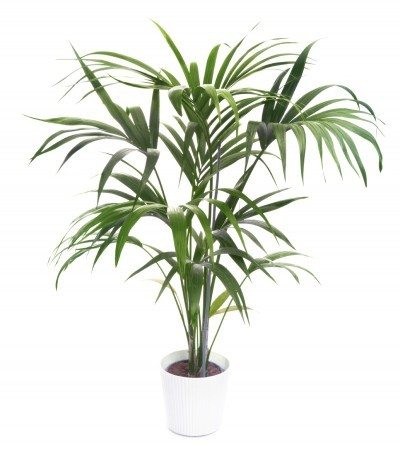
#2. Swiss Cheese Plant (Monstera delicosa)
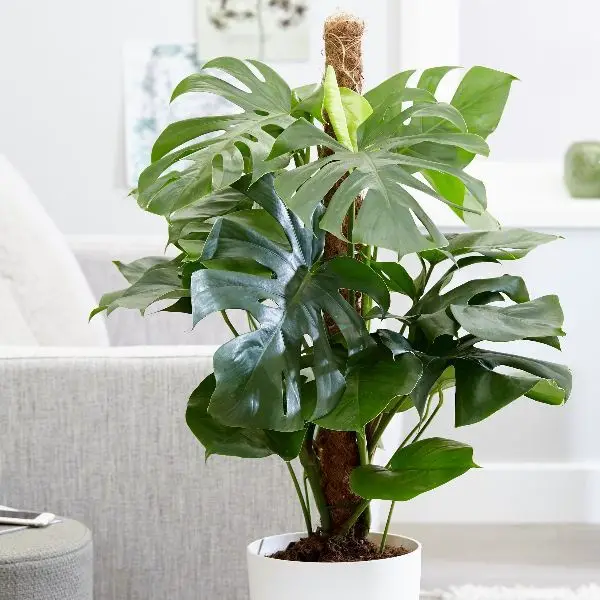
#3. Zamioculcas zamifolia
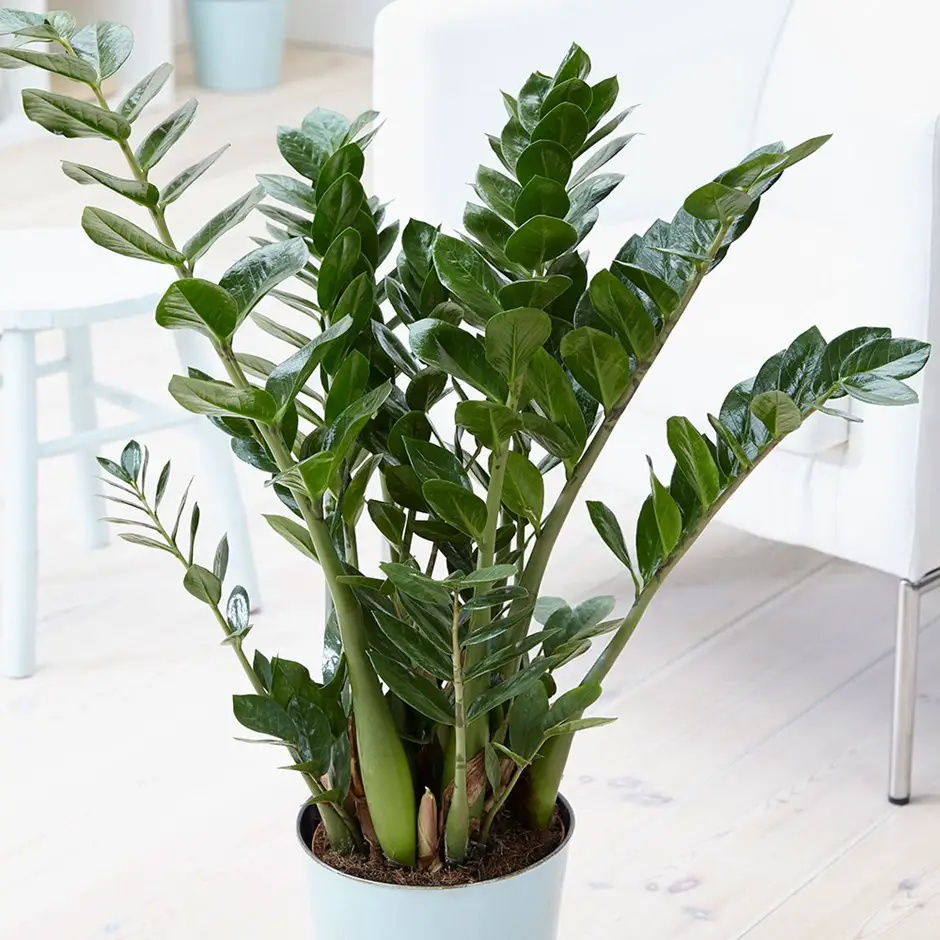
#4. Philodendron
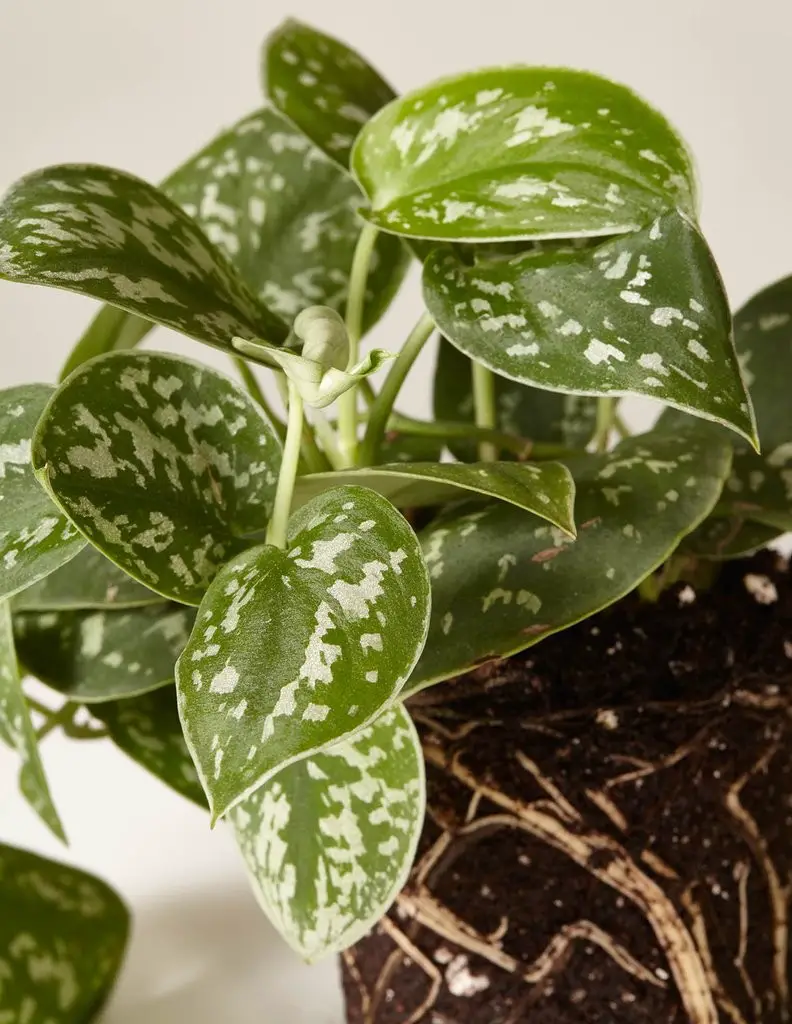
#5. Miniature Date Palm (Phoenix roebelinii)
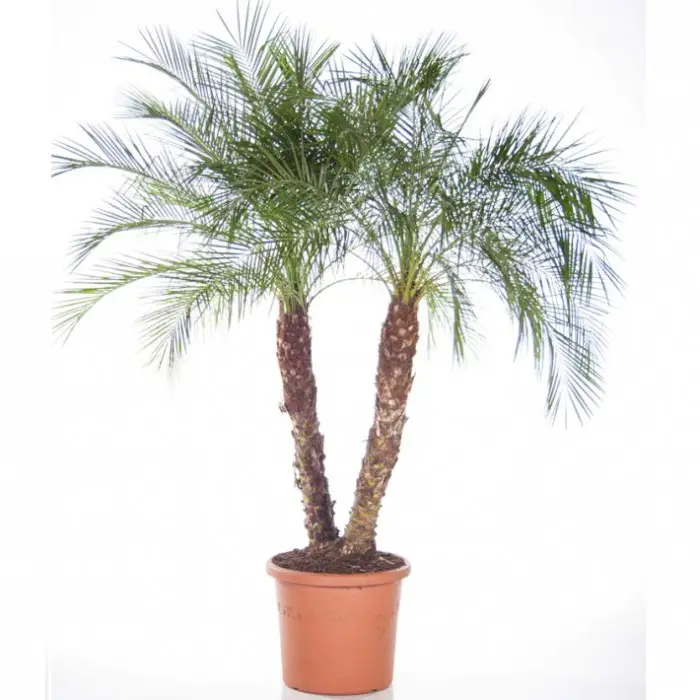
#6. Peace Lily (Spathiphyllum)
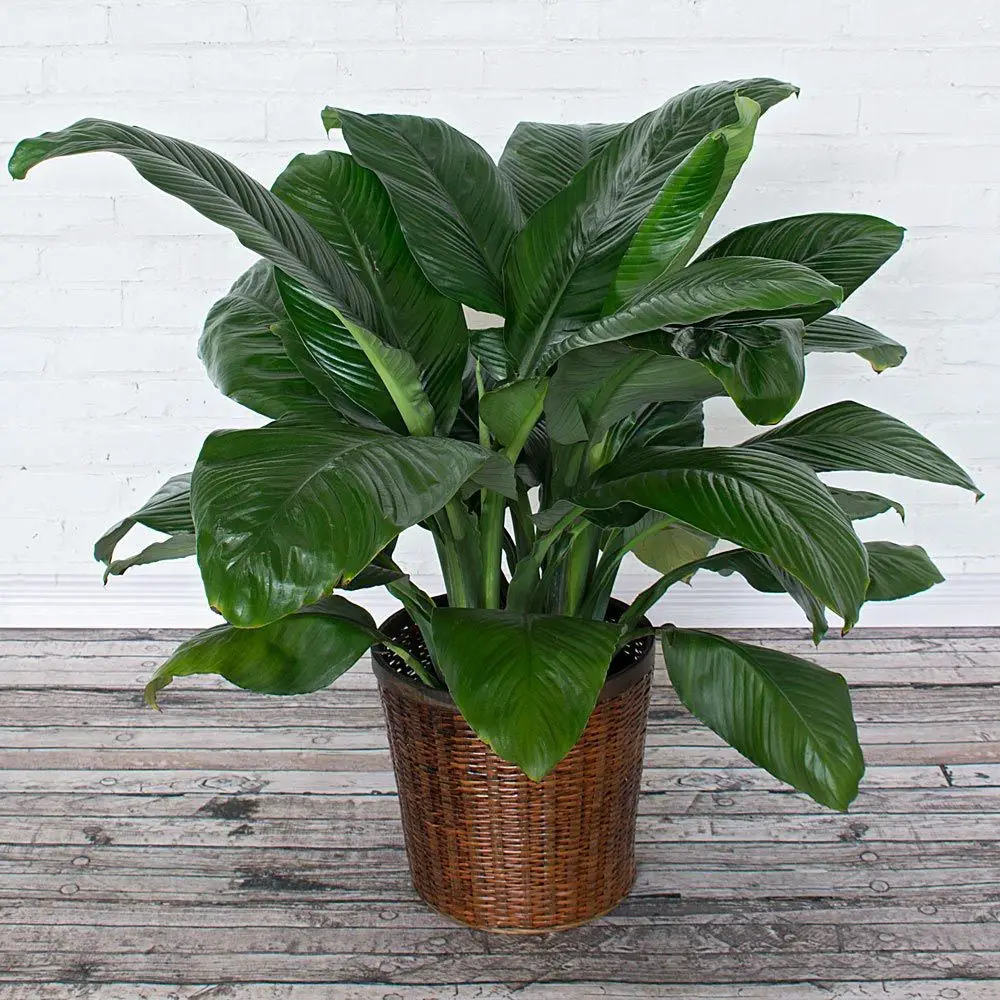
#7. Dracaena fragrans”Janet Craig”
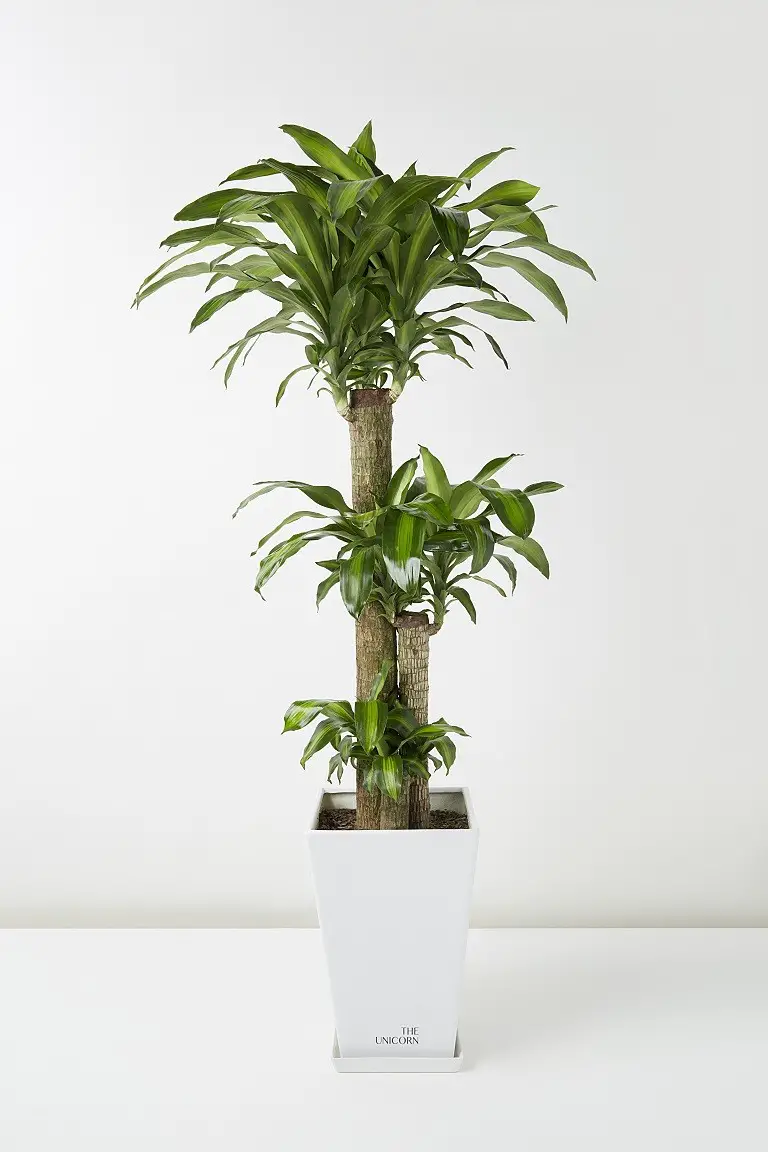
#8. Boston Fern (Nephrolepsis exaltata)
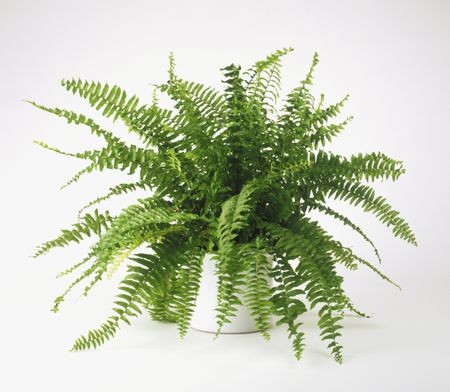
#9. Ficus Alii
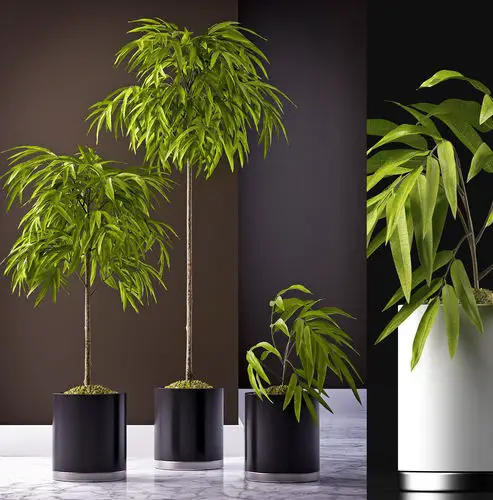
#10. Rubber Plant (Ficus elastica)
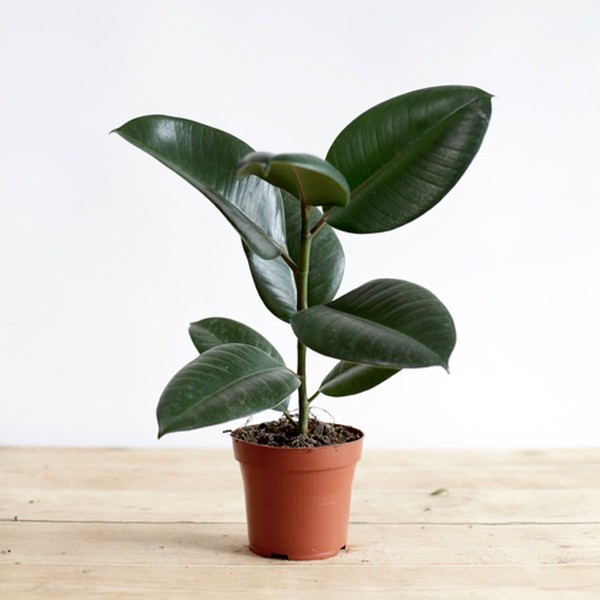
De-contaminate the Home Environment with Plants and Improve Quality of Life
Discovering the wonders of nature is a calming experience for humans, who find the green spectrum to be particularly soothing. Architects and designers have long understood that carefully selecting and placing plants within interior spaces can create stunning accents or subtle features. Now, scientific research has confirmed what many intuitively knew – that humble houseplants can have a profound impact on indoor air quality and our overall sense of well-being.
By choosing a pot plant for your home or workspace, you’ll not only breathe easier, but also reap the mental health benefits that come with being surrounded by nature’s serenity.






